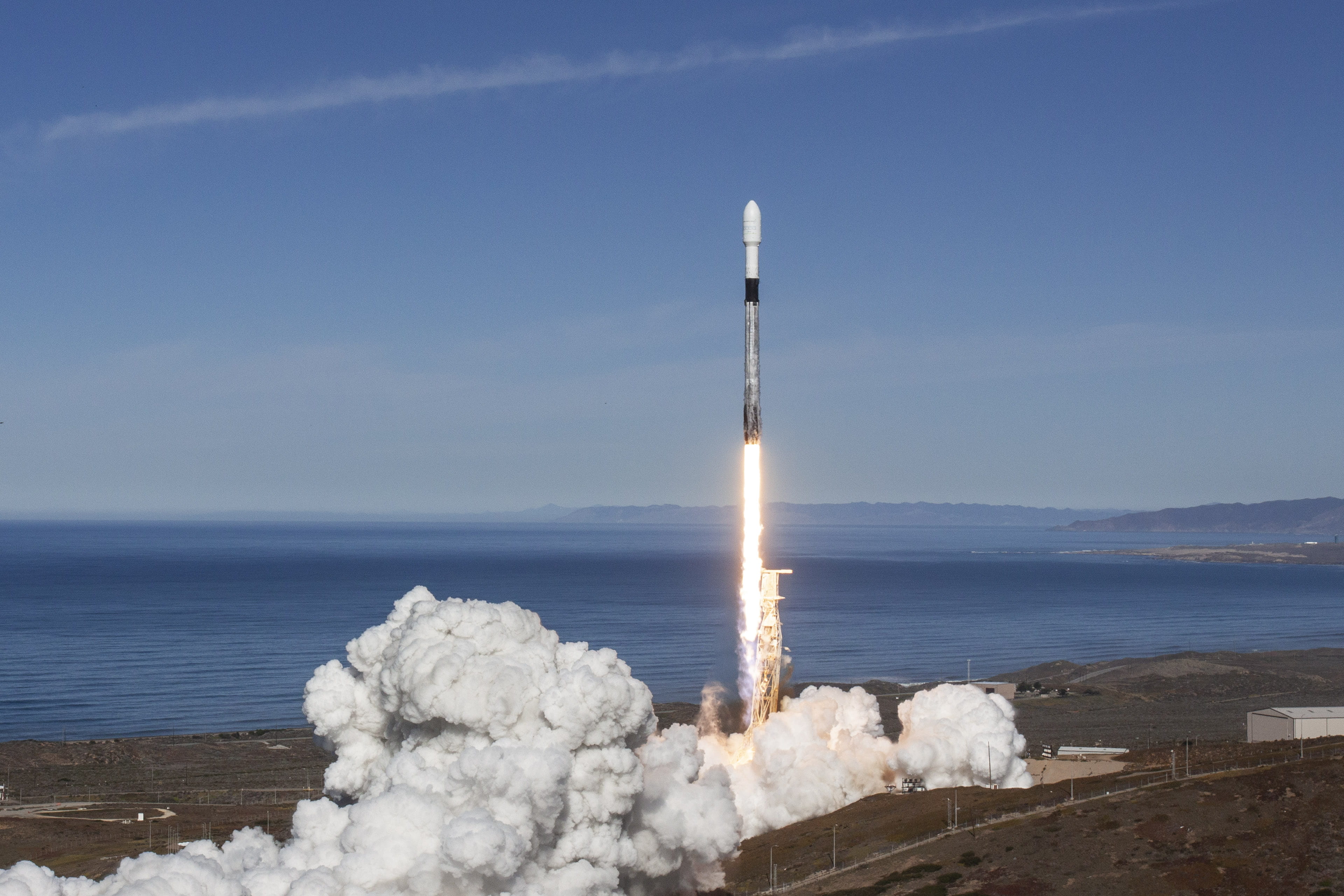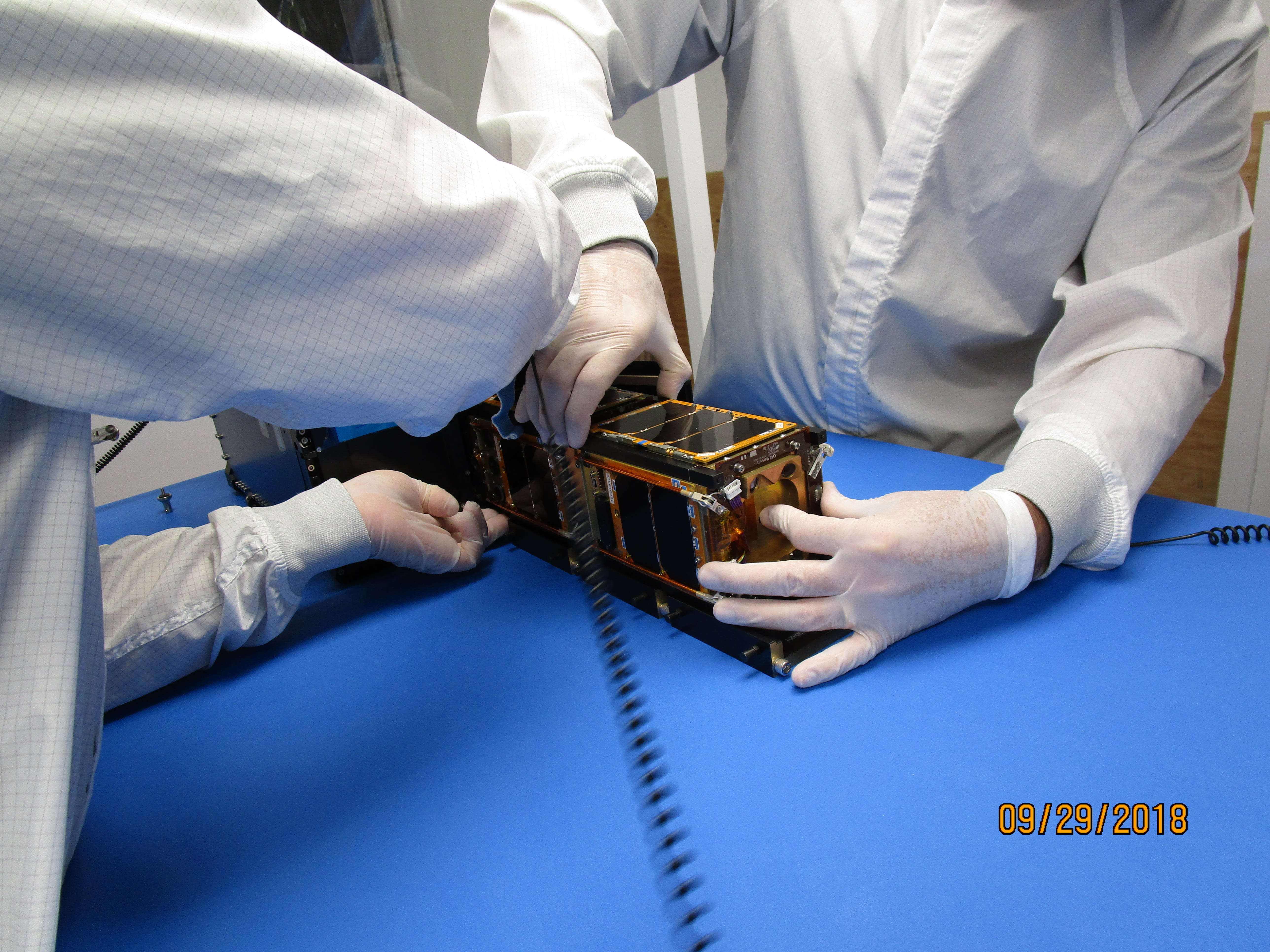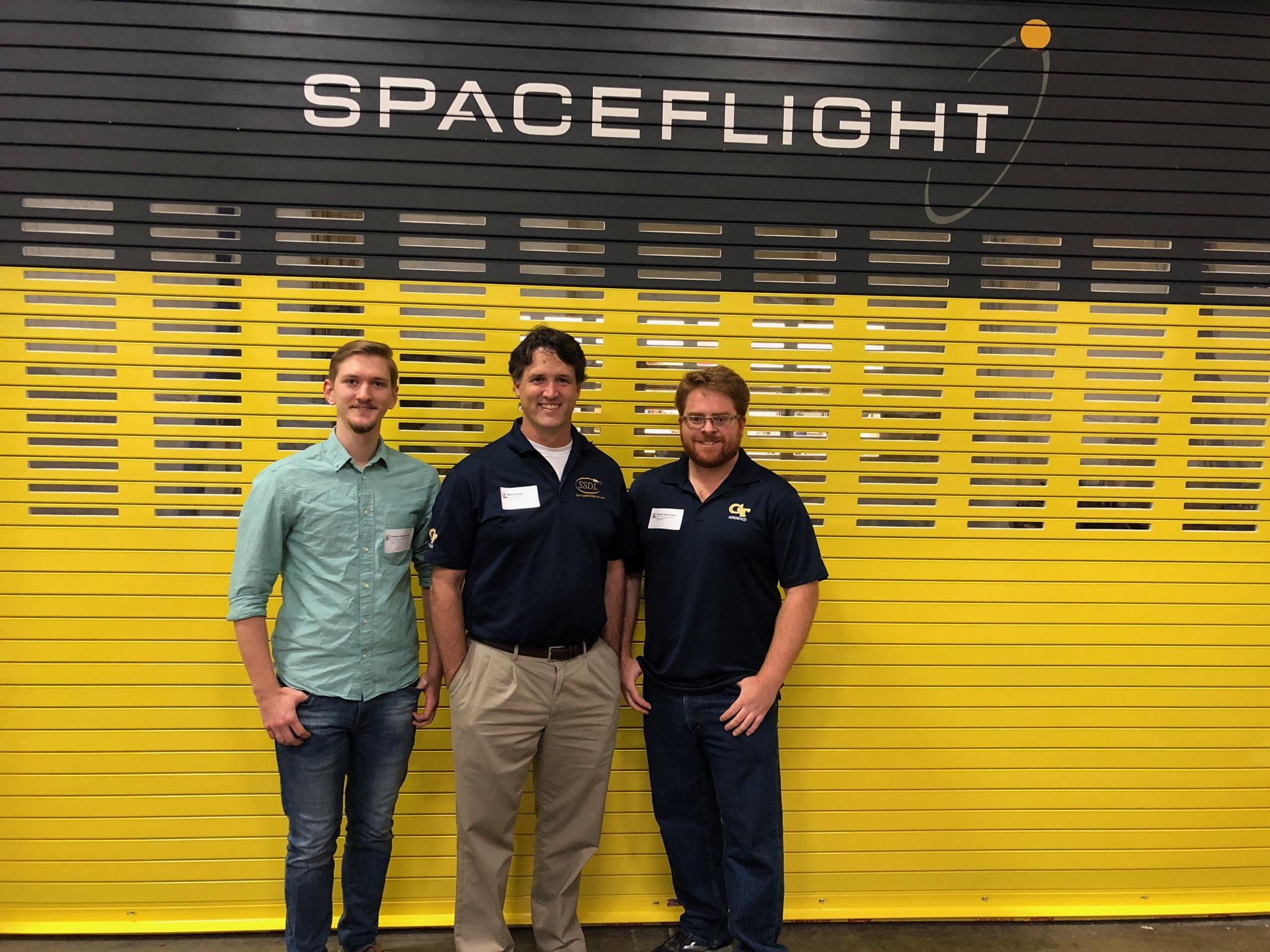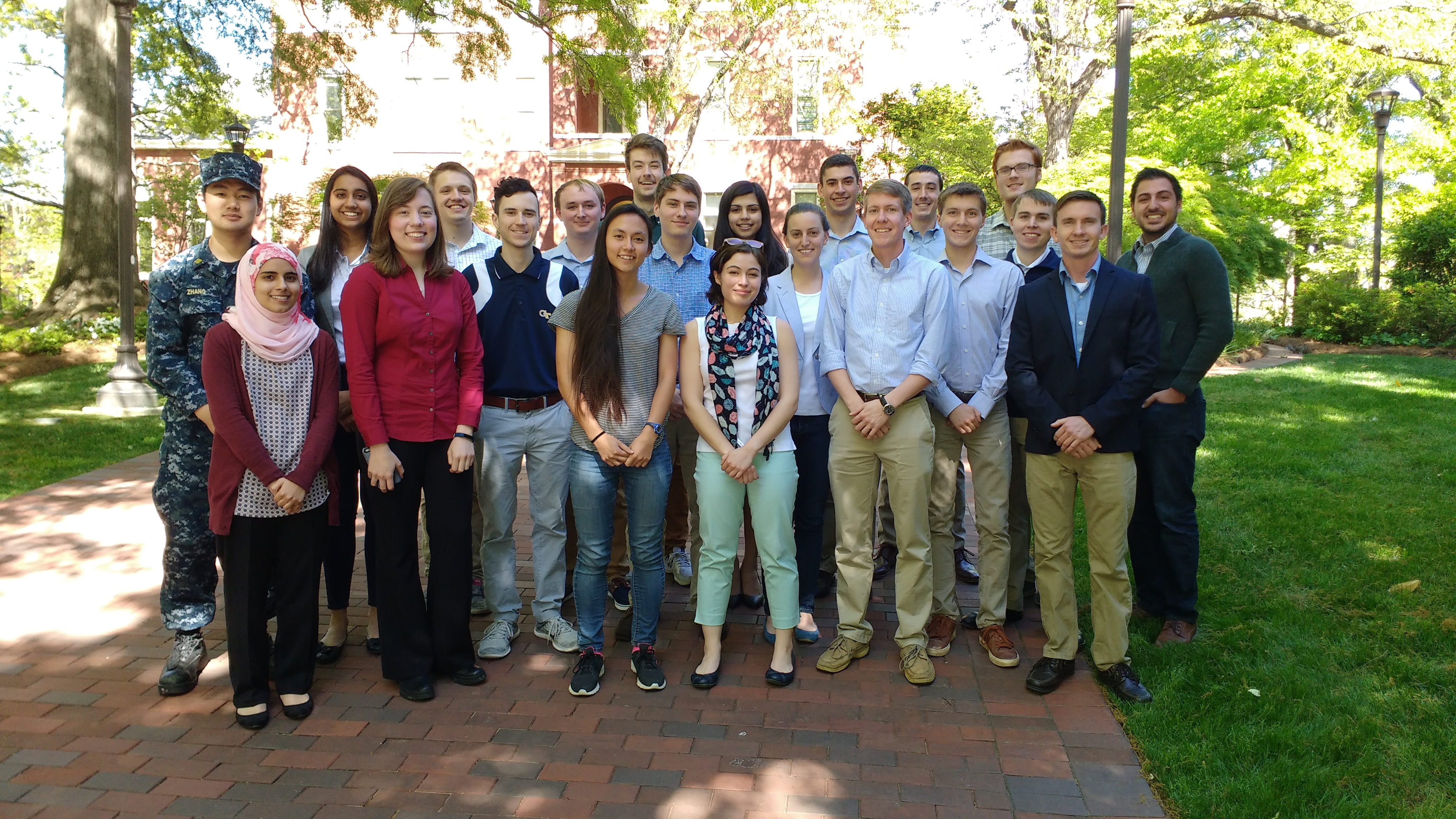Are you interested in gaining hands-on experience with satellites? The RANGE and TARGIT satellite teams are looking for a limited number of students to fill a variety of research positions, ranging from software development to electronics to mechanical systems. Attend the information session on January 9, 2018, 6pm, in Guggenheim 442 to learn more. All majors and class levels welcomed, especially those interested in electronics, optics/lasers, and programming. Students receive independent research credit for their efforts, with an expected time commitment of 8 hrs/wk (2 credit hours). Applications are now being accepted through a web form under “Contact” tab above (NOTE: only US citizens or permanent residents may participate).




